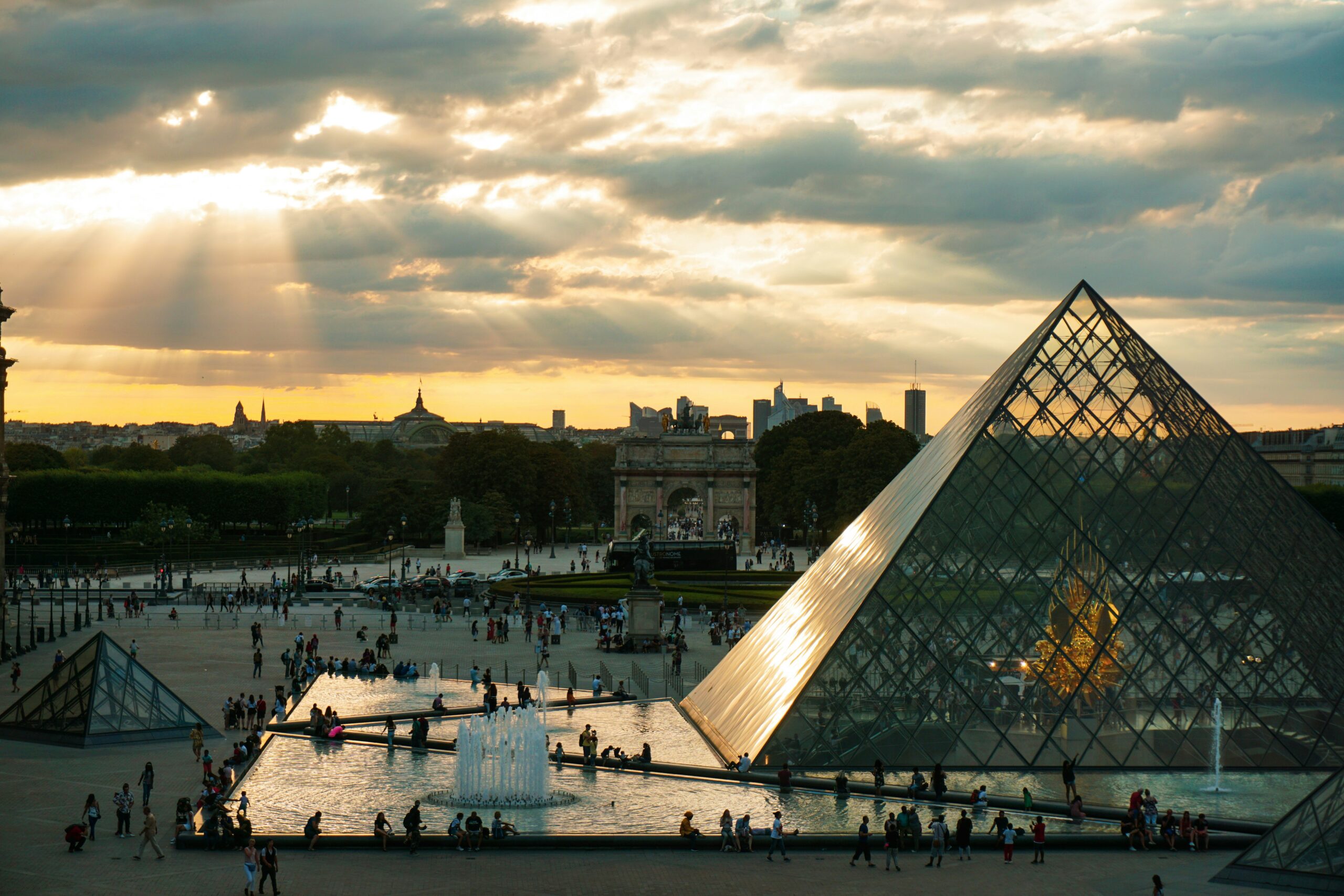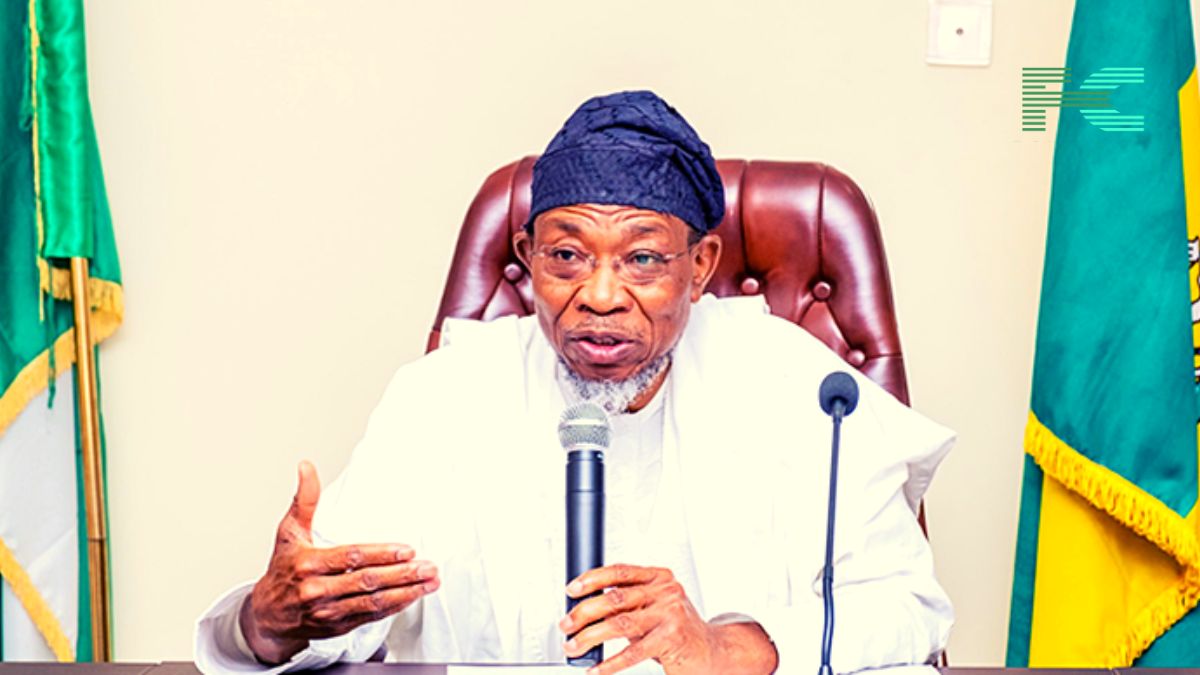The Louvre Museum has announced it will install 100 external cameras by 2026 in response to a spectacular $102 million jewel heist that exposed catastrophic security flaws, a plan that immediately raises questions over whether the fix matches the scale of the failure.
Director Laurence Des Cars revealed the measures to French lawmakers, admitting there was “inadequate security camera coverage” of the museum’s exterior, leaving key areas like the balcony used in the brazen daylight robbery completely unmonitored. The announcement comes after a scathing public audit blamed the museum’s outdated infrastructure on excessive spending elsewhere.
In addition to the cameras, the museum will install an “advanced police station” on its grounds and add anti-vehicle barriers by year’s end. However, with the stolen jewels still missing and the world’s most-visited museum’s credibility as a guardian severely damaged, the new measures present a fundamental question: is this a robust solution, or a minimal response to a maximum failure?

Why It Matters
If we’re keeping it a buck, 100 cameras over two years feels less like a decisive overhaul and more like a PR move. This was a $102 million heist that exploited basic, admitted flaws—unmonitored walls and blind spots on a balcony. For an institution of the Louvre’s stature, that’s not a minor oversight; it’s a systemic failure.
The director’s defense of their spending priorities rings hollow when the core function of a museum—securing the art—has been so publicly compromised. This “fix” seems designed to placate politicians and headlines, not to deter the next team of sophisticated thieves. The Louvre is not only installing cameras; it’s trying to rebuild trust. And based on this plan, the jury is still out on whether it understands the assignment

















